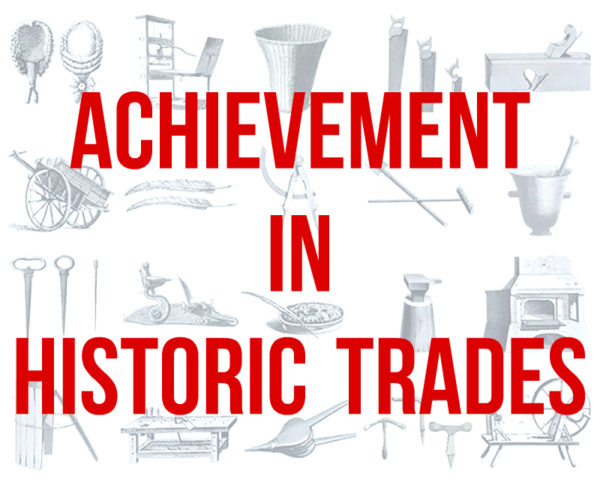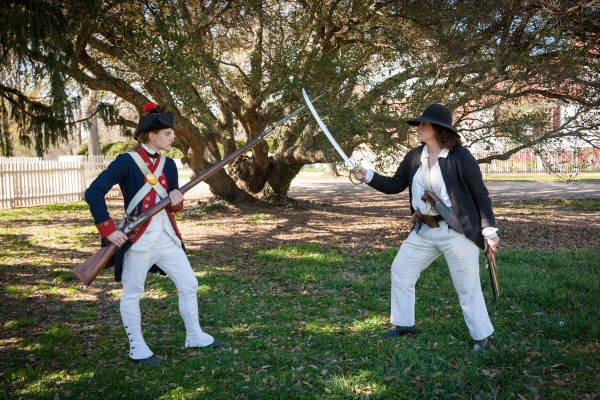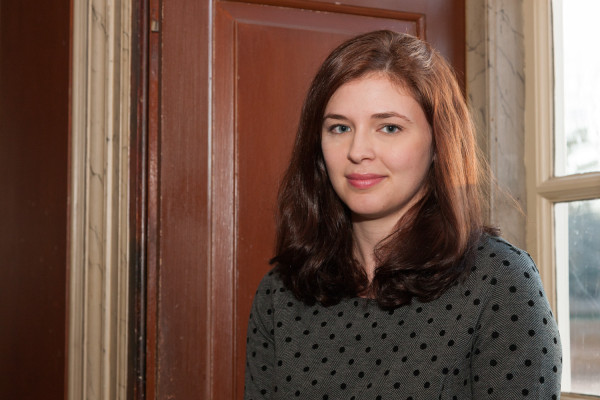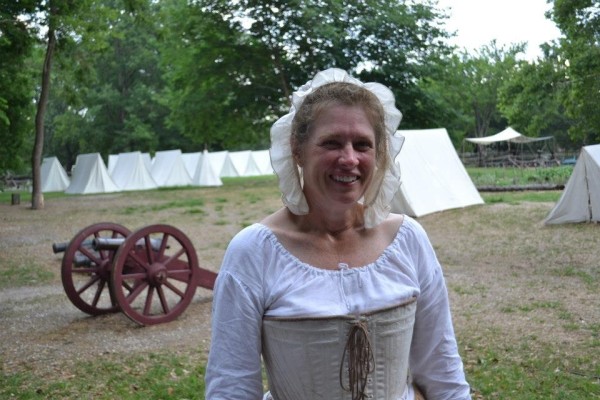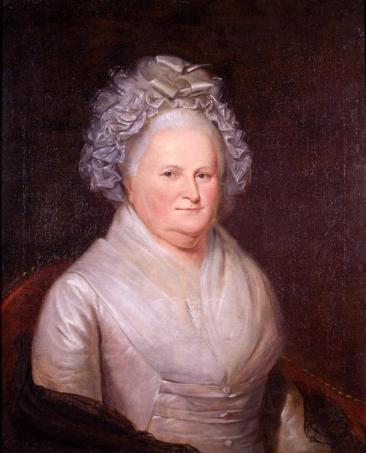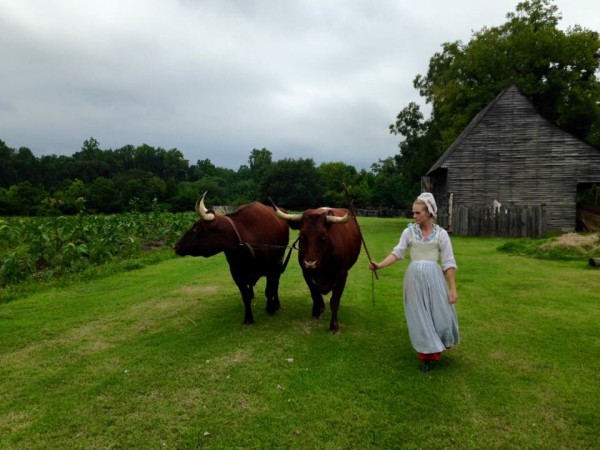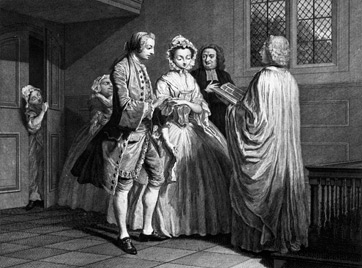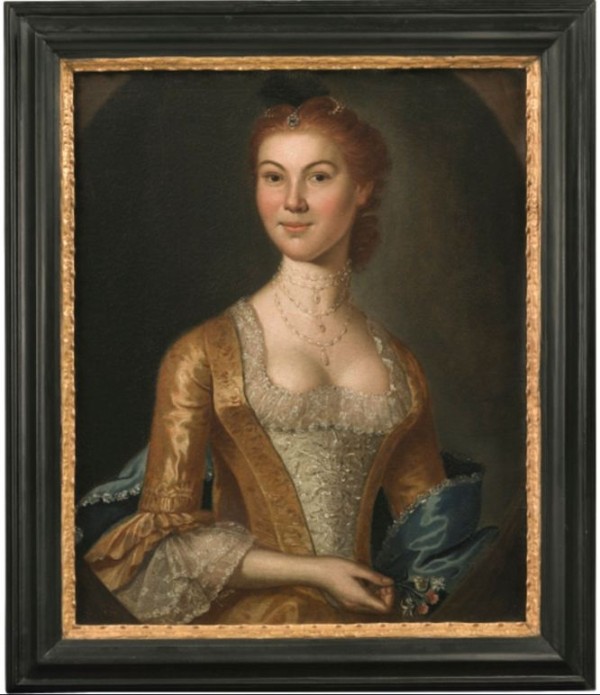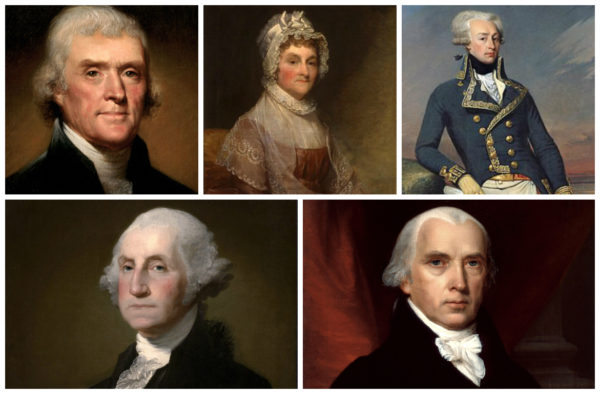
Let’s face it, 2016 has been a bumpy ride. Many people are counting down the days until the New Year, but as historians, we must point out the usefulness of looking back, as well as forward. To help motivate you for the year ahead, here are some of the quote memes, featuring thought-provoking words from our Founders, that were designed and posted to our social media channels in 2016. …
